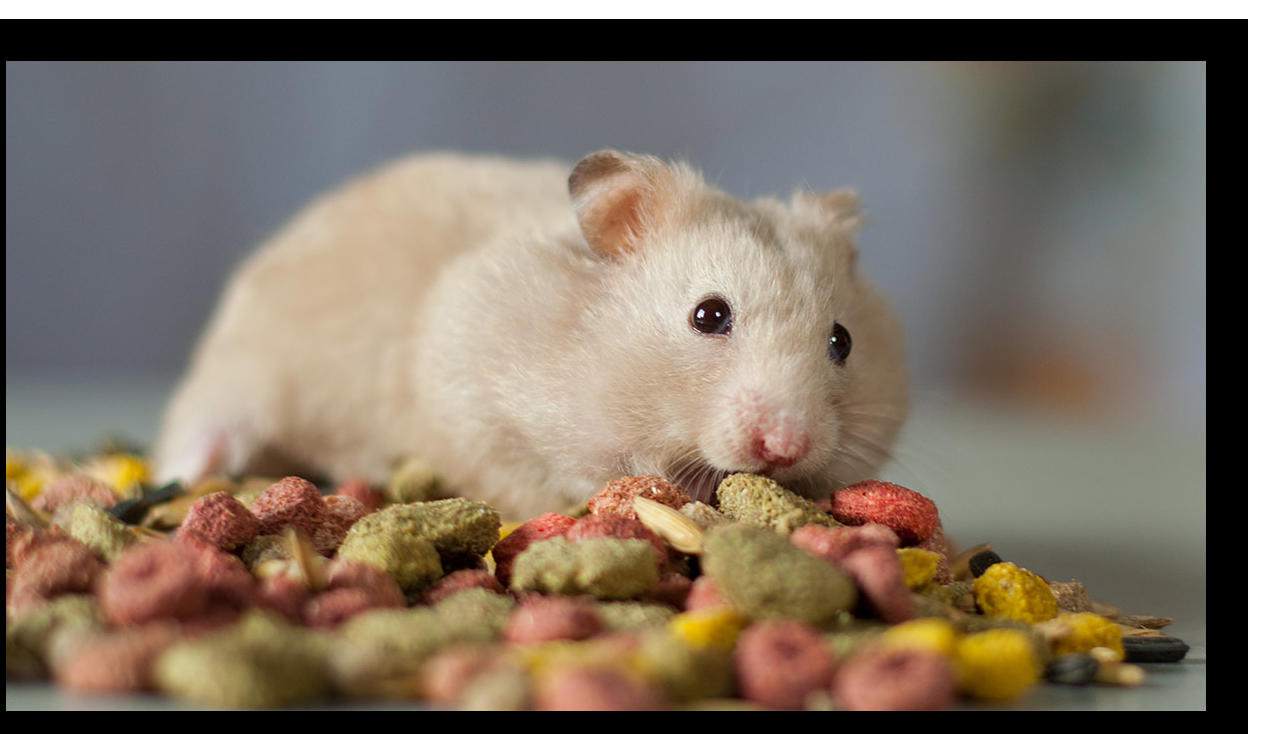Hamsters are very small and wild animals in the rodent family that are great fun as pets. These not currently active animals have aced out little body with relatively strong legs and exceptionally wide feet. Hamsters have small cheek pouches on either side of their head which are used to carry food and store food before consumption. With short tales, pointy ears, and the sheep for coats, pastors are some of the most beloved of all rodent pet.
Some interesting facts about hamsters
Some interesting facts about hamsters are that the wild habitat of these rodents consists of mostly dry areas, devoid of any water. The diet of hamsters includes grasses, seeds, fruits and vegetables, in fact, lizards and even other small mammals which can be caught and overtaken, are part of the dinner for hamsters. Natively or wild , hamsters can be found in the deserts of Asia and India. The word “hamster”is taken from the German word ‘Hamstern’, which means “to hoard”! That is exactly what the little hamsters do as they gather nuts and food items from around the arid landscapes of Asia and stash them into the borough. A true hoarder!
Hamsters are not blind yet they are colorblind and can only see 6 inches in front and this is on a good day. Hamsters are omnivores, and will eat just about anything they can get there little mitts on! When setting up a residence for keeping a hamster as a pet, a small residence, with non-cedar shavings and a makeshift borough, plus access to water and a little food, is all that the friendly rodent will ever require.
Enjoy For Wild Hamsters
Many hamster owners resort to installing exercise wheels, slides, and even attempt to shed some pounds off the often heavy and bubbly little rodents! Whatever floats their boat is fine with the hamster as there is something to be said about obliviousness!
Hamsters are wild animals. It may be difficult to tame some hamsters and one of them is desert hamster. Desert hamsters are wild and may need time to tame. Also called Desert Hamster or Robo Hamster, this Roborovski Hamster is the smallest and fastest of the dwarf hamsters. Emerging in the deserts of Mongolia, China and Russia, Robovski, the smallest of the hamster species, the desert hamster is smaller than 2 cm when first born. Adults can reach 4.5-5 cm in length. In adults, body weight can be 20-25 g.
Robovski hamster can live on average 3 years. This period can be extended further with good care in good conditions.
The plumage is light brown on the back and white on the abdomen. This fur shape makes it easier to live in harmony with the desert. There is a wide whiteness around the eye. There is a white-faced species of robo hamster, but this variation is very rare.
This type of hamster is not very friendly, they do not like to be handled and can be difficult to tame. It is possible to accustom with some patience and a favorite food.
Desert Hamster is Hard to Tame
First of all, get used to your hand and make sure not to escape. Move your hand from the front and from a point where he can see you, with the palm up. After a while, extend your hand by placing a favorite food in the palm of your hand. Already your hand will start to come to the palm of your hand to get the food. In the meantime, you should be careful not to reach behind your neck. He can perceive this hand as a threat he cannot see.
They live well in colonial form in their wildlife and they can get along with their species in the same cage. However, as with all hamsters, it is better to be alone. He is shy .Rather than contacting people, he is quite happy to watch his surroundings through his cage.
This type of night is fast moving. It is quite difficult to catch. Roborovski hamsters who have a soft temperament but do not like to be handled very rarely can bite.
For a very curious hamster who likes toys and fun activities in the cage, it is necessary to choose a little hamster cage. He likes to play games, and it is good to put hamster toys for activities in the cage. Therefore, the cage to be selected must be of suitable dimensions. In addition, the long cage tunnels in the cage or cotton hamster game tunnel will make your hamster happy.
Abundant base material should be used for this species who loves digging and storing. However, they are more sensitive than they are very small. Therefore, softwood poplar shavings should be preferred instead of pine shavings. Pieces of paper may also be used as the base material. However, you should prefer inkless, unpainted paper.
Our previous article Dwarf Hamster Care Our article titled Dwarf Hamster ve Hamster Care about information is given.






